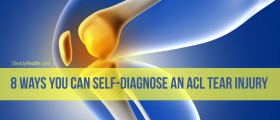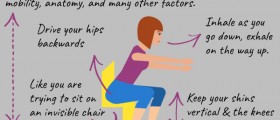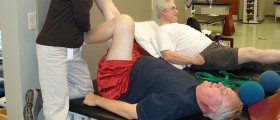
Meniscus
The largest joint in the human body is the knee joint. It has a very complex structure. It is made of three bones: Femur bone, Tibia and the Patella. Femur bone is the thigh; the bone of the lower leg is Tibia, while the Patella is the knee cap. A thin hard but soft layer of articular cartilage covers these bones. There are also four ligaments that have the role to stabilize the knee. These ligaments are: Anterior and Posterior cruciate ligaments, Medial and Lateral collateral ligaments. In each knee, there are two thick and rubbery menisci located on the medial and lateral sides of the knee joint. They are called medial meniscus and lateral meniscus. The meniscus is supplied with the blood by small blood vessels. However, the central part of the meniscus does not receive the blood and is called avascular.
Medial meniscus tear
Medial meniscus tear refers to the tearing or splitting of the meniscus, which usually occurs when the meniscus is jammed between the bones due to, for example, twisting or application of abnormal pressure on the medial meniscus. Medial meniscus tear is a frequent knee injury in athletes and people who are engaged in some sort of sports. In the majority of cases, this injury happens when the knee is twisted while the foot is on the ground, or when the knee is in the bent position and twisting occurs on the bent knee. Furthermore, medial meniscus tear may occur due to the loss of resiliency, especially in elderly people whose meniscus degenerates due to aging. In such case, medial meniscus tear is called degenerative medial meniscus tear. However, in the majority of cases, the medial meniscus tear is caused by a direct injury to the knee joint.
Symptoms of medial meniscus tear
One of the most prominent signs of this knee injury is the pain that occurs in the knee area. This pain is usually accompanied by swelling and inflammation of the knee. Furthermore, the people who experience this knee injury may have difficulty to bend or squat and their walking is very difficult. Stiffness and tightening of the knee and painful leg extension may also appear when medial meniscus tear occurs. Moreover, the knee clicking and knee catching are also the some of the symptoms of this condition. When a person cannot extend the knee, it is called knee locking. It is also one of the symptoms of medial meniscus tear.

















Your thoughts on this
Loading...